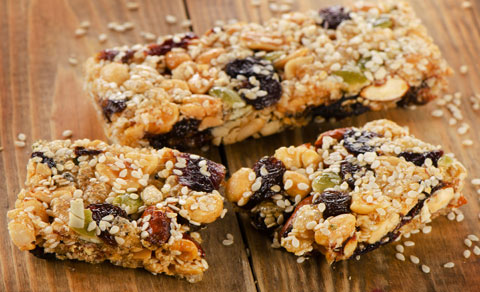
Breaking News
 UPDATE: Israel Launches Gaza Strikes, Peace Plan in Question
UPDATE: Israel Launches Gaza Strikes, Peace Plan in Question
 Gavin Newsom melts down as Pentagon plans to fire artillery shells over California highway during...
Gavin Newsom melts down as Pentagon plans to fire artillery shells over California highway during...
 The watershed moment Trump changed course on Israel after Netanyahu shattered their...
The watershed moment Trump changed course on Israel after Netanyahu shattered their...
 Brazen thieves drop priceless Eugénie crown outside the Louvre in Paris during jaw-dropping...
Brazen thieves drop priceless Eugénie crown outside the Louvre in Paris during jaw-dropping...
Top Tech News
 3D Printed Aluminum Alloy Sets Strength Record on Path to Lighter Aircraft Systems
3D Printed Aluminum Alloy Sets Strength Record on Path to Lighter Aircraft Systems
 Big Brother just got an upgrade.
Big Brother just got an upgrade.
SEMI-NEWS/SEMI-SATIRE: October 12, 2025 Edition
 Stem Cell Breakthrough for People with Parkinson's
Stem Cell Breakthrough for People with Parkinson's
 Linux Will Work For You. Time to Dump Windows 10. And Don't Bother with Windows 11
Linux Will Work For You. Time to Dump Windows 10. And Don't Bother with Windows 11
 XAI Using $18 Billion to Get 300,000 More Nvidia B200 Chips
XAI Using $18 Billion to Get 300,000 More Nvidia B200 Chips
 Immortal Monkeys? Not Quite, But Scientists Just Reversed Aging With 'Super' Stem Cells
Immortal Monkeys? Not Quite, But Scientists Just Reversed Aging With 'Super' Stem Cells
 ICE To Buy Tool That Tracks Locations Of Hundreds Of Millions Of Phones Every Day
ICE To Buy Tool That Tracks Locations Of Hundreds Of Millions Of Phones Every Day
 Yixiang 16kWh Battery For $1,920!? New Design!
Yixiang 16kWh Battery For $1,920!? New Design!
 Find a COMPATIBLE Linux Computer for $200+: Roadmap to Linux. Part 1
Find a COMPATIBLE Linux Computer for $200+: Roadmap to Linux. Part 1
Do It Yourself: How To Make Nutritious Homemade Meals-Ready-To-Eat (MRE's)

The meals are pre-planned, they are conveniently sealed and stored away for a later date. Granted, the lifespan of homemade MREs will not be comparable to the 10 year lifespan of government issued MRE's, but they have a few advantages of their own. For one, making your own MREs is less expensive and they have fewer preservatives, thus causing fewer intestinal back ups. And, of course the most important advantage is they taste better.
If you have certain food allergies or other dietary requirements, it would make more sense to make your own rather than gamble on an allergy flare up. With the homemade versions, you also have the benefit of having a re-usable bag, which can be used for carrying water, or being used to boil other foods.
As this site notes, MREs manufactured since 2005 are of equal quality and caloric value as military MREs. They now average about 1,222 calories per meal. The typical MRE entrée has crackers (pilot bread), spread to put on the crackers, a side dish, dessert or snack, powdered beverage and an accessory pack with matches, gum, instant coffee, creamer, sugar, salt, moist towelette and toilet paper. All of these contents are packed into a sealed heavy plastic bag.



